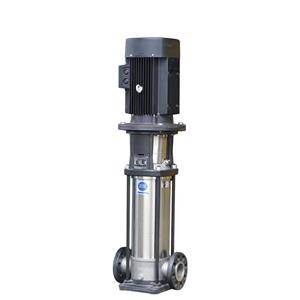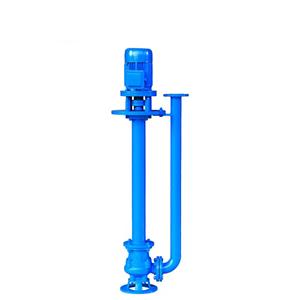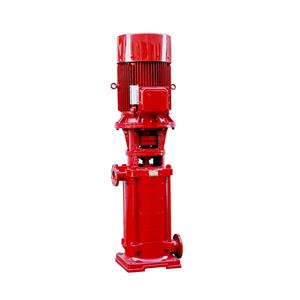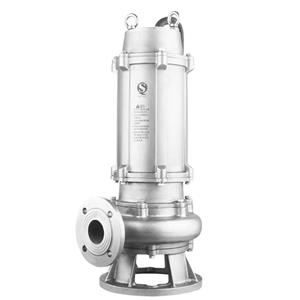-
Water pumps are the unsung heroes of industrial ecosystems, enabling everything from basic infrastructure to cutting-edge manufacturing. Their role transcends mere fluid transfer—they are foundational to efficiency, sustainability, and innovation.
-
As a versatile pump, the screw pump allows adjustable flow rates by varying rotational speeds, with operational speeds adaptable to high or low requirements. The outlet pressure can be increased incrementally—each stage raises the pressure by 0.6MPa (approximately 87 psi).
-
2107-2025
The Significance of "K" in KCB Gear Oil Pumps: Engineering Excellence in Anti-Wear Performance
In industrial fluid handling systems, the KCB series gear oil pump stands as a benchmark for reliability. The prefix "K" (from the Chinese "kàng" 抗, meaning "anti-wear") is not merely a label but a declaration of its core engineering philosophy: exceptional resistance to wear under extreme conditions . This article explores why this designation is pivotal for industries ranging from petroleum refining to food processing.
-
0607-2025
Behind the Scenes: GAOTIAN’s Workshop Buzzing with Record-Breaking Production & Global Shipments
Step inside GAOTIAN’s state-of-the-art workshop, and you’ll feel the energy of an operation firing on all cylinders. Recent images from our production floor reveal a hive of activity – rows of signature blue industrial pumps standing like sentinels, ready to power industries worldwide. This isn’t just routine manufacturing; it’s a testament to surging global demand for GAOTIAN reliability.
-
2006-2025
The Power of Diesel Pumps on Wheels
The most fundamental and high-volume search. Portable diesel water pump captures users knowing they need diesel power and portability as core requirements. "Portable" implies wheels, making it broadly relevant.
-
In the complex landscape of wastewater management, cast iron sewage pumps consistently emerge as the default solution for myriad residential, commercial, industrial, and municipal applications. This article examines the engineering, material, and operational factors driving their unparalleled versatility across global drainage scenarios.
-
In a significant stride toward advancing global infrastructure resilience,Gaotian Pumps, a leading innovator in fluid-handling technology, has successfully delivered two explosion-proof sewage and waste pumps to Dubai. This landmark shipment underscores the company’s commitment to delivering high-performance, safety-compliant solutions for demanding environments.
-
2004-2025
How Diesel Generators Power the World
Diesel generators remain vital energy sources for industries, emergency backup systems, and remote operations due to their reliability and efficiency. Understanding their working principles involves exploring both the diesel engine and the electricity generation process. Here’s a comprehensive look at how diesel generators convert fuel into electrical energy.
-
The Sahel region, spanning parts of Africa from Senegal to Sudan, faces severe water scarcity due to erratic rainfall, prolonged droughts, and desertification. For farmers and communities reliant on agriculture, selecting the right irrigation pump is critical to combatting water shortages and ensuring food security. This article explores drought-resistant irrigation solutions, focusing on pump selection strategies tailored to the Sahel’s harsh conditions.




